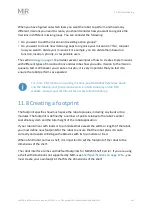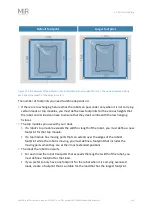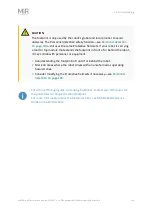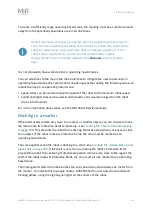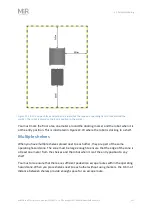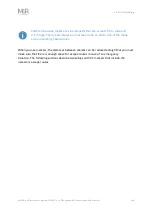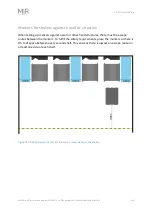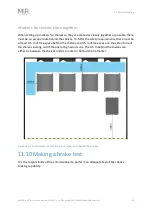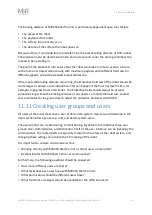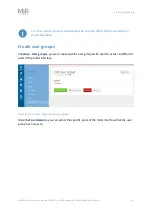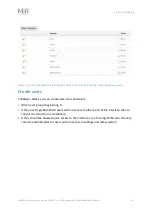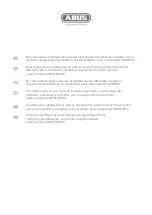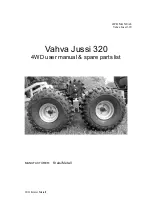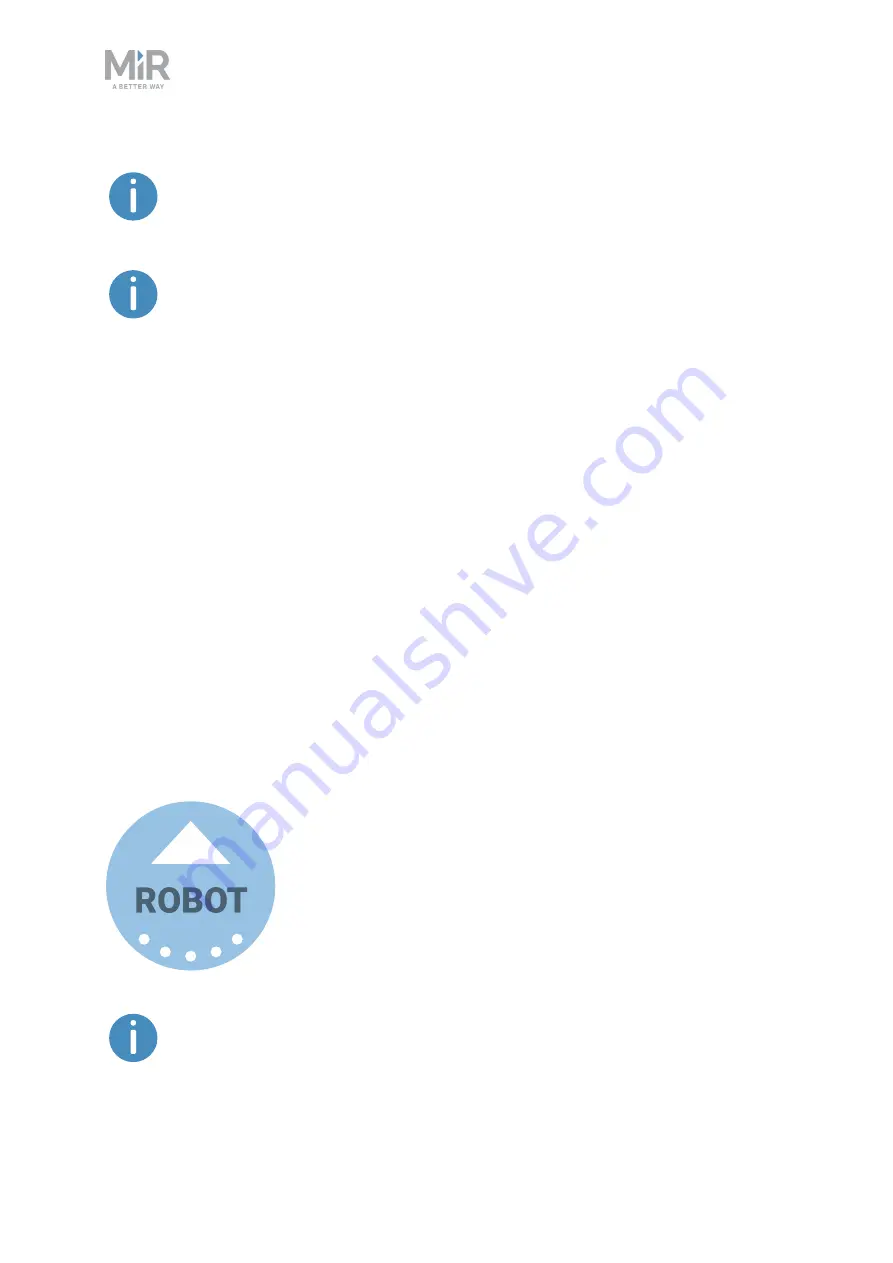
11. Commissioning
MiR250 Shelf Carrier User Guide (en) 03/2021 - v.1.4 ©Copyright 2021: Mobile Industrial Robots A/S.
138
For further information on markers, contact your distributor for the guide
How
to create and dock to V-markers, VL-markers, L-markers, and Bar-markers
.
To create a marker, see
.
11.6 Positions
Positions are defined as X-Y coordinates on a map that mark locations where you want the
robot to travel to. Positions mark a point on the map the robot travels to. To reach a
position, the robot must be correctly localized on the map—see
Positions are used either as destination positions or as waypoints on a route that you want to
use in missions. With positions, the robot does not compare its position to a physical entity,
making them less accurate than markers.
Generally, positions are used to mark where robots should wait when they are idle, which
points robots must pass through along a route, or as destinations you often want to send the
robots to.
The final orientation of the robot is indicated by the arrow on the position icon.
There are different types of positions depending on whether the robot is part of a fleet or
drives with top modules, but the standard position that is available in all MiR applications is
the Robot position. This position has no special features, it simply marks a location where
you want to be able to send the robot to.
To create a position, see
Creating positions on page 172
.



















